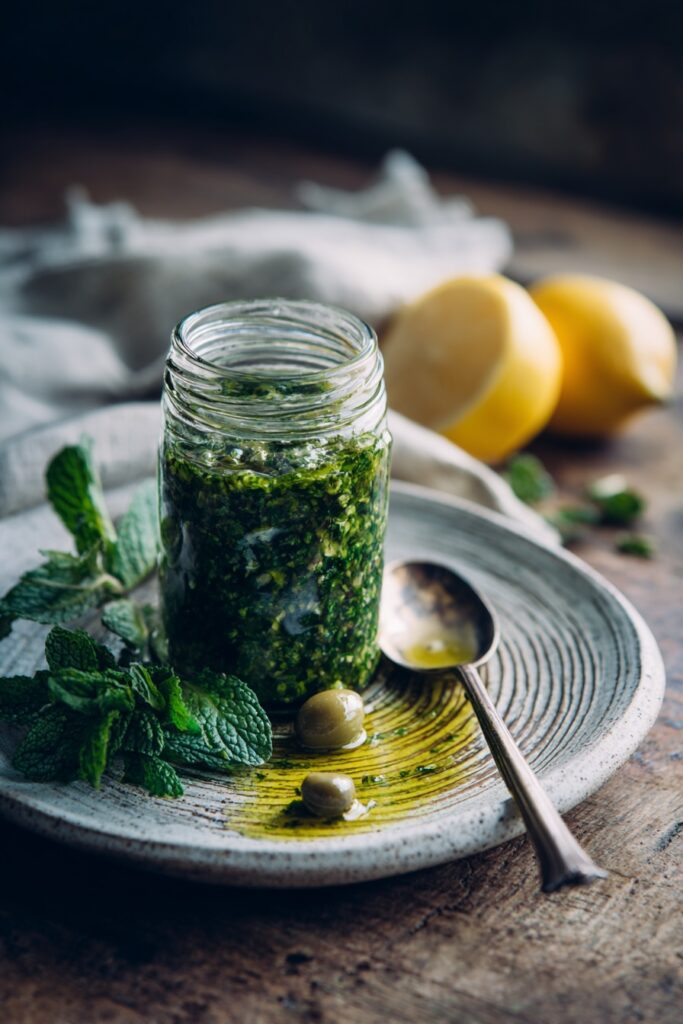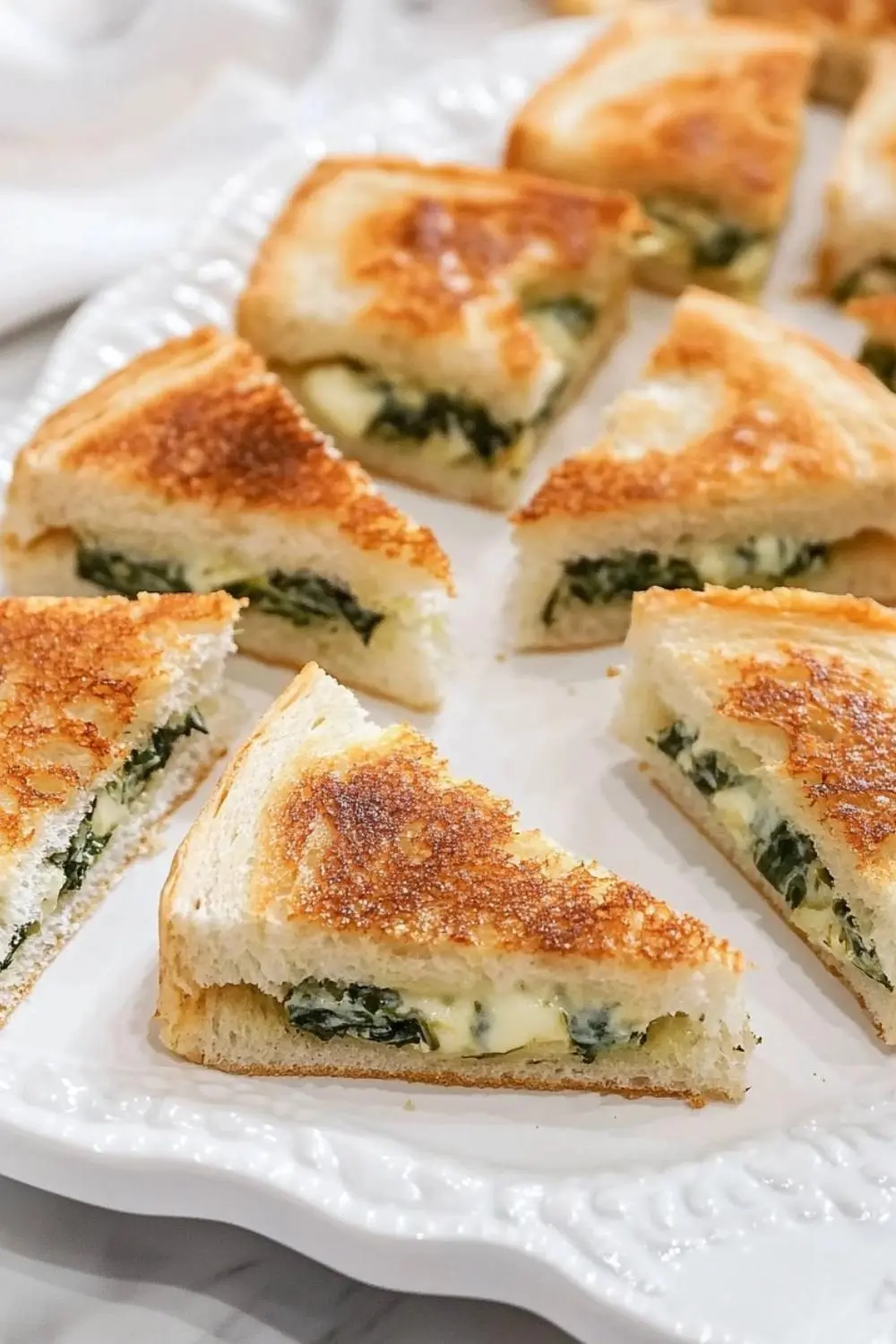“Pesto” isn’t just basil and pine nuts—it’s the technique of pounding ingredients into a paste and loosening with olive oil. For a bright green starting point that stays in the sauce lane, see Giada’s kale pesto for an herb-forward twist on the classic.
What “Pesto” Really Means
In Italy, pesto refers to the method: crush sturdy ingredients first (garlic, nuts), fold in tender herbs, then stream in olive oil until a spoonable sauce forms. The mortar-and-pestle approach yields a slightly rustic texture and fuller aroma; a food processor is faster and works well for larger batches.
By-Hand, Small-Batch Method
- Pound garlic and nuts to a coarse paste.
- Add herbs (basil, parsley, mint, dill, cilantro—one or a blend) with a pinch of salt; work until bruised and fragrant.
- Gradually add olive oil to reach a glossy, saucy consistency; season with acid (lemon) and cheese if desired.
Prefer a smoother finish? Pulse the same ingredients in a processor, scraping the bowl to avoid overworking delicate herbs.

Spring Variations to Try
Roasted red pepper–macadamia–dill pesto: Purée roasted peppers with macadamias, dill, garlic, and olive oil for a coral-colored sauce that’s savory and bright. It’s especially good spooned over simply broiled white fish.
Parsley–lemon pesto: A citrusy, year-round alternative to Genovese. Flat-leaf parsley, almonds or walnuts, garlic, lemon zest and juice, Parmigiano Reggiano, and olive oil create a clean, grassy profile that plays nicely with vegetables and grains.
Mint salsa verde: Pesto’s close cousin swaps nuts and cheese for briny capers and acid. Mint, parsley, capers, garlic, lemon, and olive oil make a punchy green sauce that cuts through rich grilled meats or hearty veg.
Smart Ways to Use Herb Sauces
Keep the focus on sauces: swirl a spoonful into tomato or bean soups, thin with extra oil for a quick drizzle over roasted vegetables, or tuck a little under chicken skin before roasting for an herby baste. For another core Italian sauce to keep in rotation, try a smooth, pantry-friendly red like Giada’s Parmesan marinara.
Building a spring salad plate? Anchor it with pesto as a dressing base and add leafy greens, steamed potatoes, and crisp vegetables. If you need a dependable all-purpose dressing to complement herb sauces, see the only vinaigrette you’ll ever need.
More Sauces & Dips in the Same Family
Staying squarely in the sauce-and-dip lane, nut-based blends offer pesto-like richness. For a garlicky, spreadable option, try walnut–garlic dip; for roasted, smoky depth, make eggplant–almond dip. Both behave like thick pestos when loosened with olive oil.
Once the basic technique clicks, mix and match herbs, nuts, aromatics, and acidity. The result is always a fresh spring sauce that’s fast to make and easy to use across the week.









